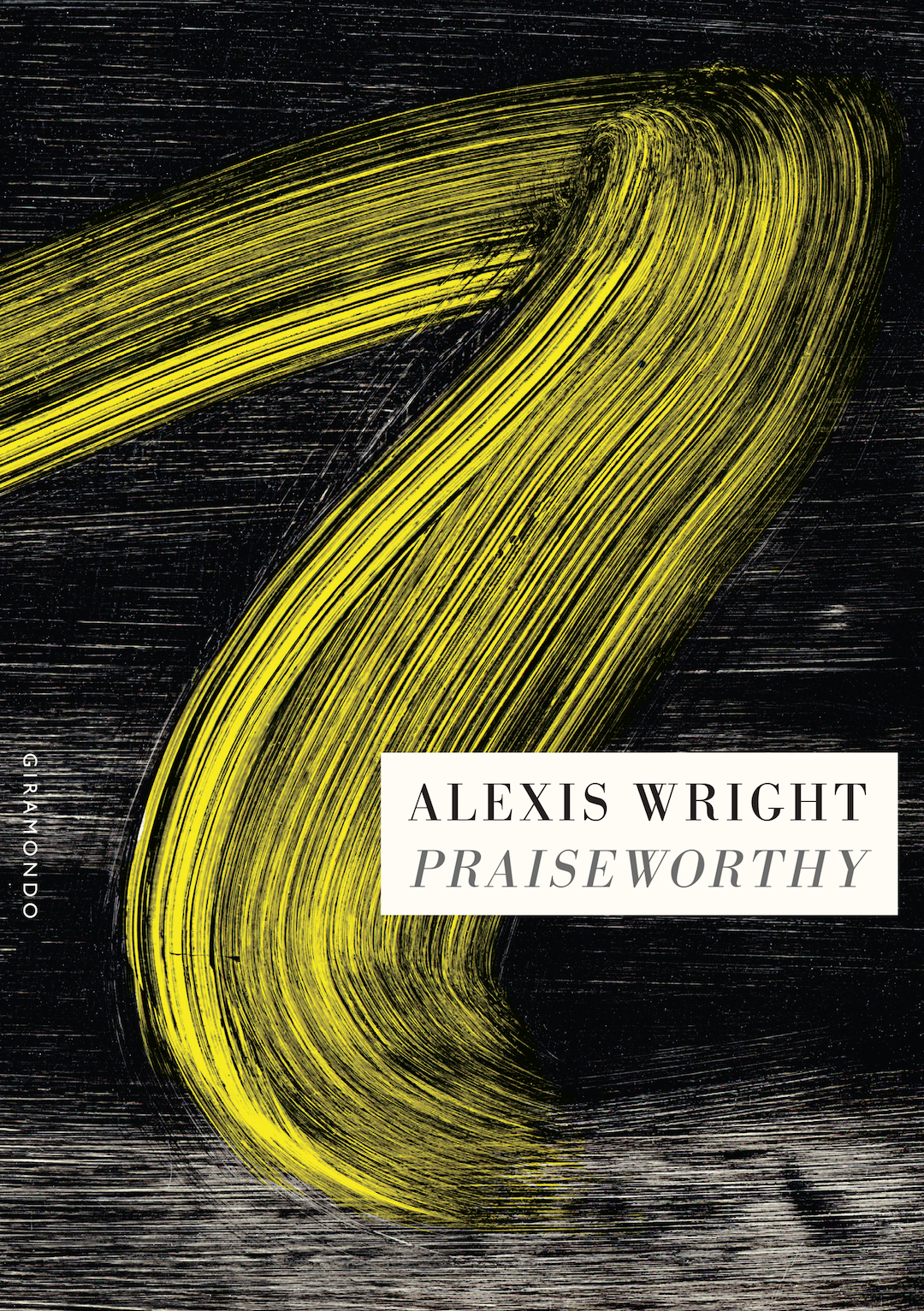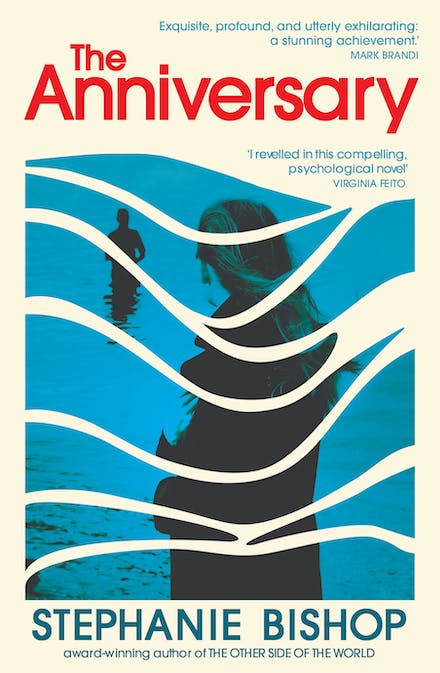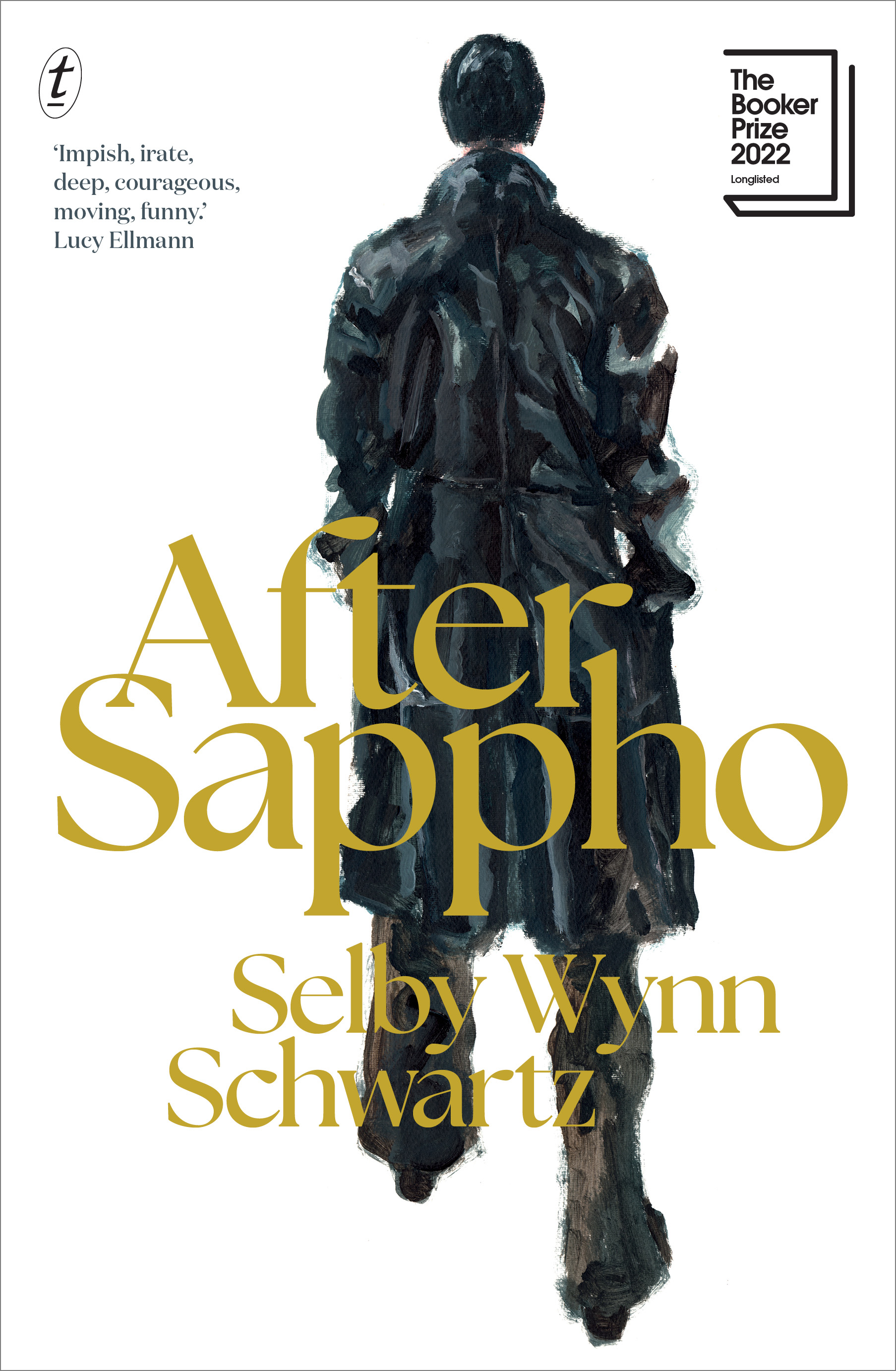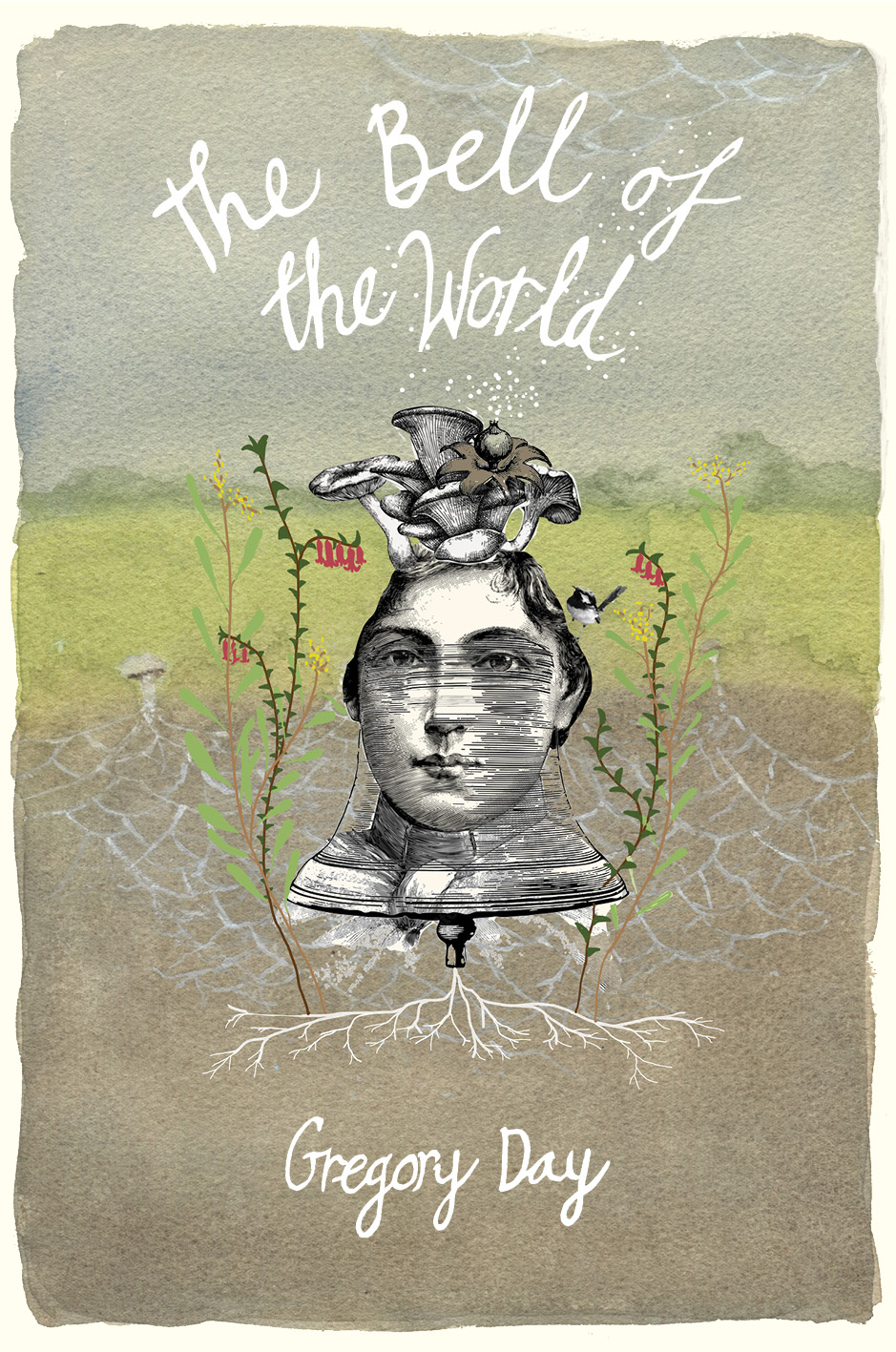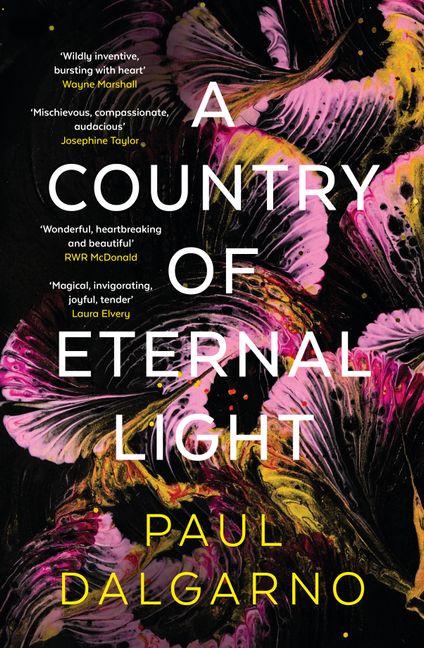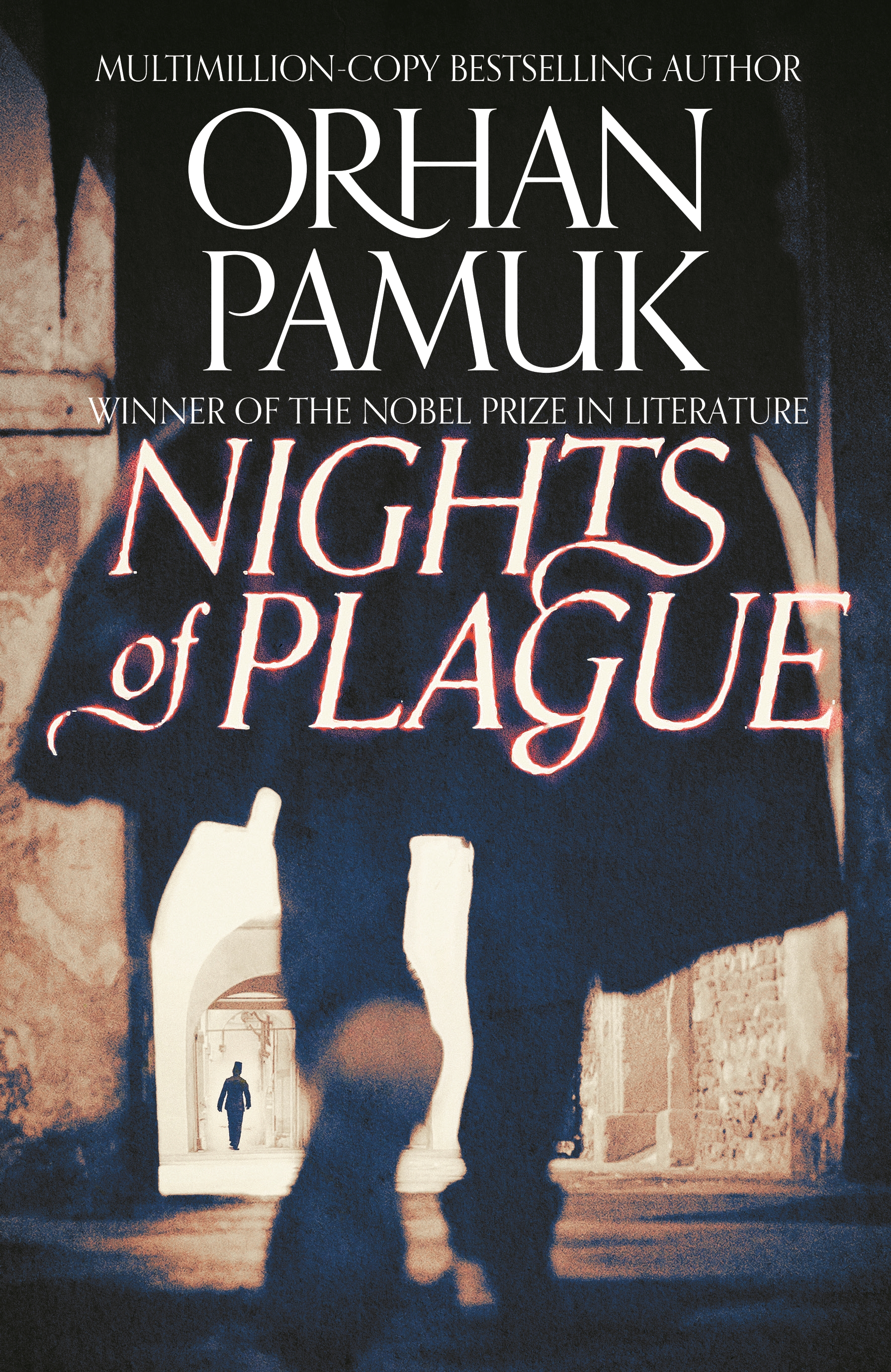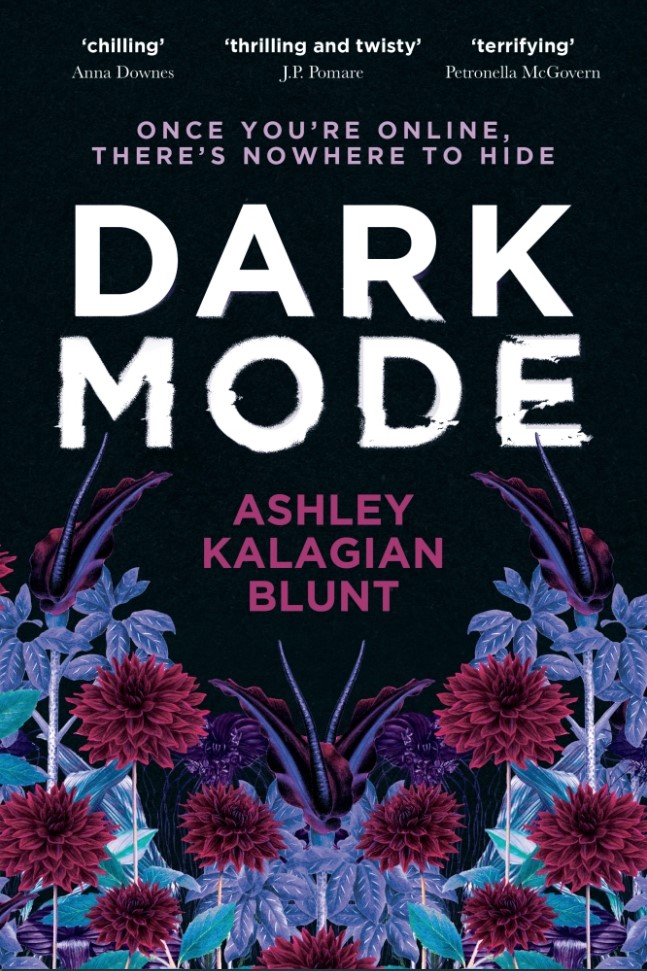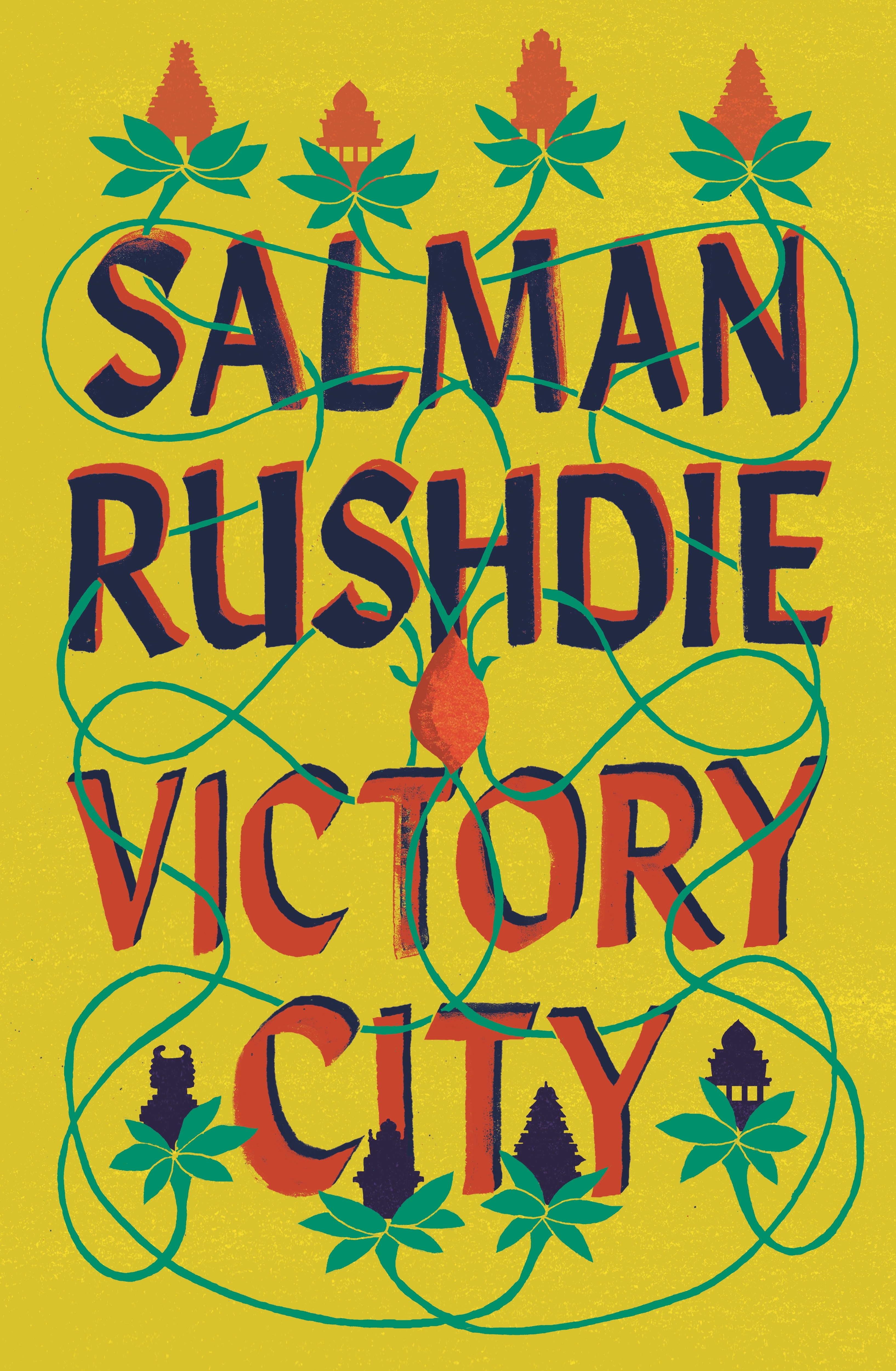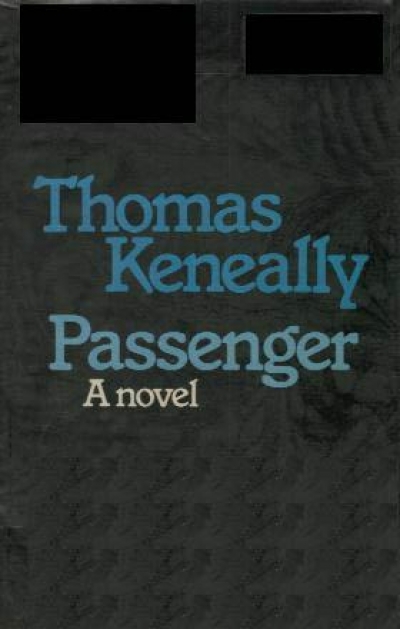Fiction
An ochre-coloured haze has gathered permanently over the town of Praiseworthy somewhere in the Gulf country. It is composed of dust, soot, broken butterfly wings, memories, and grief – and it isn’t going anywhere. Meanwhile, on the ground, thousands of feral donkeys are being corralled into the town cemetery by an Indigenous leader called Cause Man Steel. Most call this man Planet because he is always banging on about the collapse of the planet.
... (read more)Stephanie Bishop’s The Anniversary is an example of both deft literary craft and an engrossing read – a feat rarer than it should be. Billed as a ‘novel about writing and desire’, this is more a work interrogating the nexus between art, celebrity, and commerce, while unpicking the ways in which gender informs all three.
... (read more)Whether or not you have read literary critic Harold Bloom, you have likely heard the term ‘anxiety of influence’, coined in his 1970s book of the same name. There and in The Western Canon (1994), Bloom proposes a vision of creativity inspired by Freud, the Romantics, and the Ancient Greeks, in which great men throughout history wrestle one another for poetic supremacy. Creative production is a violent, Oedipal struggle in which only a ‘strong’ poet can overcome the influence of his forebear. And yes, it is almost always a ‘him’. In The Western Canon, only four women in history make the cut in a list of twenty-six, mostly English-language, writers whom Bloom deems central to Western civilisation (Shakespeare, Proust, Beckett, etc.). My nit-picking would no doubt have annoyed Bloom, who rankled at what he called the School of Resentment – feminist, Marxist, and race studies scholars who kept tampering with the canon in the name of social justice. For him, aesthetic value transcends these concerns and can be objectively assessed. Some people (almost always male) are simply geniuses.
... (read more)Early in Gregory Day’s new novel, Uncle Ferny reads Such Is Life aloud in a Roman bar. His niece Sarah observes listeners’ ‘confusion, amusement, their disdain, their curiosity, and also their rapture’. A similar range of responses might be manifested by readers of The Bell of the World.
... (read more)When a book takes its title from Mary Shelley’s Frankenstein, you can expect the shock of something supernatural. But although Paul Dalgarno’s A Country of Eternal Light is narrated by a dead woman, there is little here to horrify.
... (read more)Nights of Plague by Orhan Pamuk, translated by Ekin Oklap
Orhan Pamuk’s latest novel, Nights of Plague, is set on a fictitious island called Mingheria, the twenty-ninth state of the Ottoman Empire, located in the Eastern Mediterranean Sea. In 1901, following the order of Sultan Abdul Hamid II, a steamer carrying an eminent Ottoman delegation consisting of various Ottoman officials entrusted with mitigating political animosity between China’s Muslims and European powers sets sail for China.
... (read more)Marshmallow by Victoria Hannan & Higher Education by Kira McPherson
A marshmallow is a common confectionery, white and pink, made of gelatin, sugar, and water. We put them in hot chocolate, toast them over campfires. Marshmallow is also a plant, Althea officinalis, containing a jelly-like substance which has been used for medicinal purposes as far back as the time of Ancient Egypt. A marshmallow can also describe someone who is soft to a fault, even vulnerable. That there might be anything approaching complexity linked to this word is unlikely, but by the end of Victoria Hannan’s second novel, Marshmallow (Hachette, $29.99 pb, 292 pp), it is obvious that something as apparently innocuous as that confectionery and medicinal ingredient can have many implications; the intriguing title is an early indication that much will be going on, none of it straightforward.
... (read more)An early-morning jogger. An alleyway. A young woman’s mutilated body. A set-up familiar enough to warrant its own Television Tropes category (‘Jogger Finds Death’). Yet before catching sight of the latter-day Black Dahlia being pecked at by ibises somewhere off Enmore Road, unlucky passer-by Reagan Carsen is caught in a spider’s web: a simple but effective visual metaphor for the wider web that connects her to the first victim of the fictional ‘Sydney Dahlia’ serial killings.
... (read more)Salman Rushdie has long inspired ambivalence among readers. His talent has never been seriously in question – witness the swift canonisation and enduring affection accorded his second novel, Midnight’s Children (1981) – nor have his bona fides as a public intellectual who has stood against intolerance and cant, even under the threat of death. Yet his body of work has been marked by fictions that run the gamut from interestingly flawed to merely self-indulgent.
... (read more)Peter Ward’s stunningly inadequate review of Passenger in the Weekend Australian has at least the virtue that it compels a reply. The first came from Keneally himself, who finished his account of the novel’s favourable reception in other English-speaking countries by saying ‘I just don’t want people to avoid Passenger because of any antipodean twitches. So don’t miss it. Believe me.’
... (read more)

